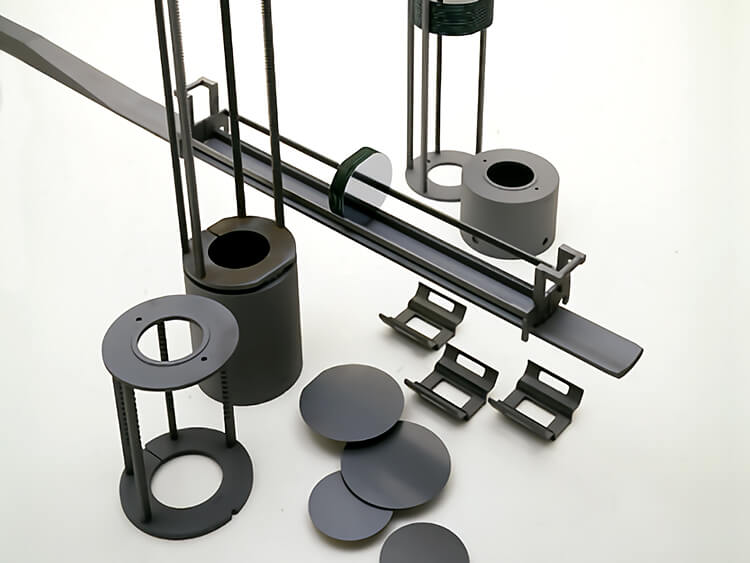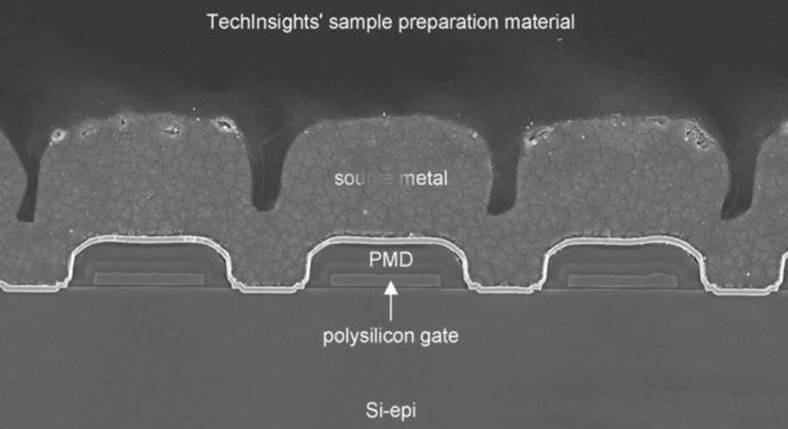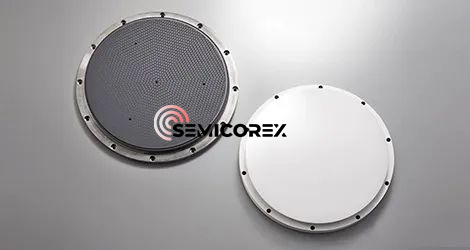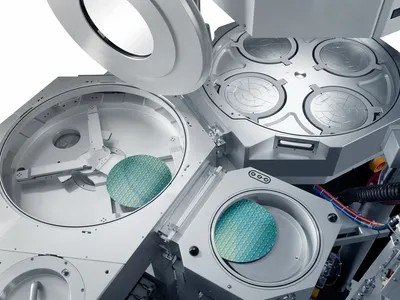
- English
- Español
- Português
- русский
- Français
- 日本語
- Deutsch
- tiếng Việt
- Italiano
- Nederlands
- ภาษาไทย
- Polski
- 한국어
- Svenska
- magyar
- Malay
- বাংলা ভাষার
- Dansk
- Suomi
- हिन्दी
- Pilipino
- Türkçe
- Gaeilge
- العربية
- Indonesia
- Norsk
- تمل
- český
- ελληνικά
- український
- Javanese
- فارسی
- தமிழ்
- తెలుగు
- नेपाली
- Burmese
- български
- ລາວ
- Latine
- Қазақша
- Euskal
- Azərbaycan
- Slovenský jazyk
- Македонски
- Lietuvos
- Eesti Keel
- Română
- Slovenski
- मराठी
- Srpski језик
Industry News
Annealing Processes in Modern Semiconductor Manufacturing
As technology nodes continue to shrink, the formation of ultra-shallow junctions presents significant challenges. Thermal annealing processes including Rapid thermal annealing (RTA) and flash lamp annealing (FLA) are vital techniques that maintain high impurity activation rates while minimizing diff......
Read MoreHow Are Ceramic Electrostatic Chucks Actually Produced?
In semiconductor manufacturing, the precision and stability of the etching process are paramount. One critical factor in achieving high-quality etching is ensuring that wafers are perfectly flat on the tray during the process. Any deviation can lead to uneven ion bombardment, causing undesirable ang......
Read More









